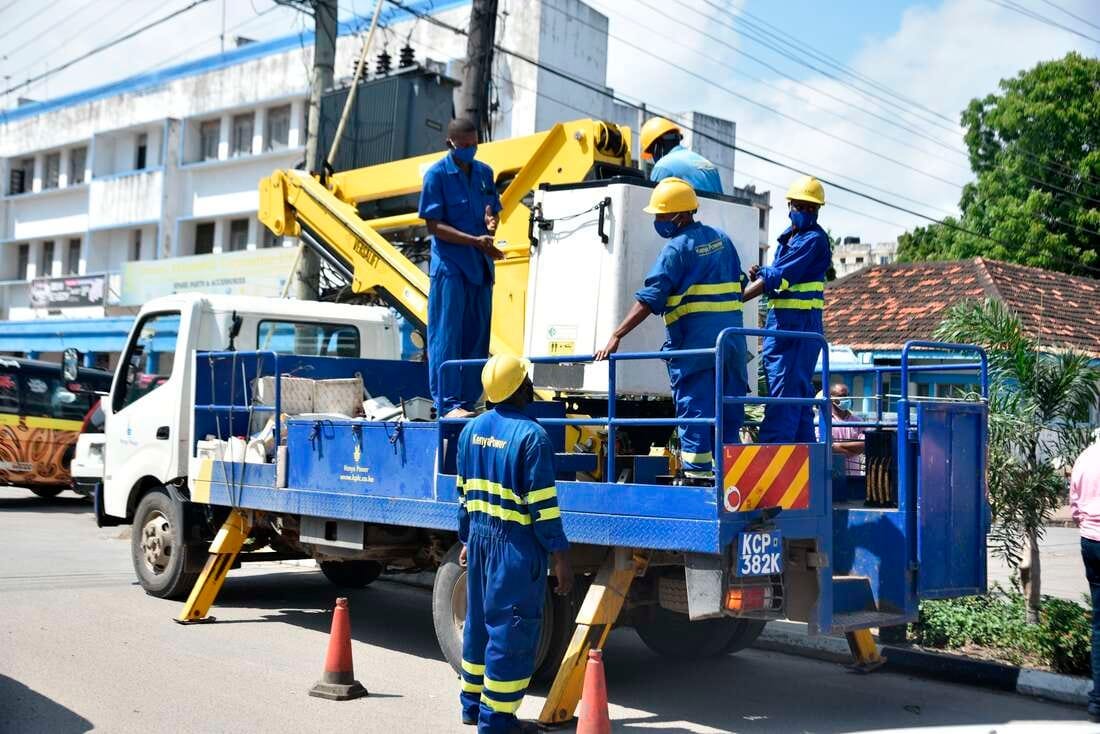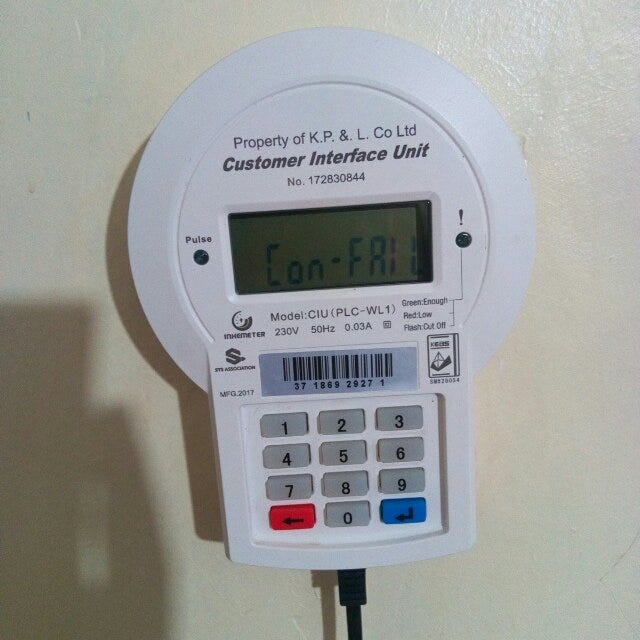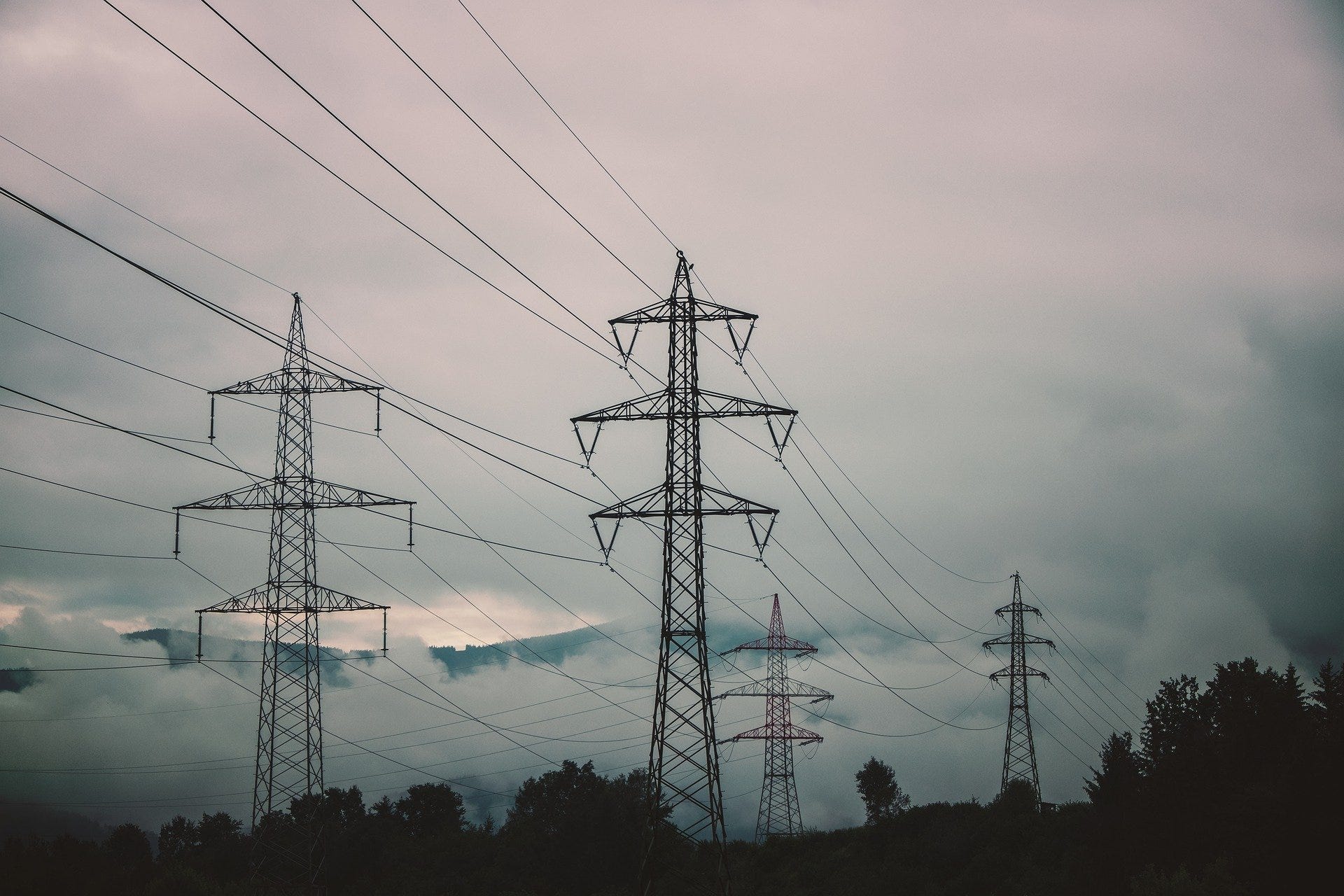Kenya Power Tariff Hike and Scheduled Outage: Impact on Consumers Explained
While KPLC has justified the tariff hike as necessary to cover its operational costs, consumers are concerned that the increase will only serve to burden them further.

Kenya Power and Lighting Company (KPLC) is increasing its tariffs for electricity consumers in Kenya. The proposed increases, which are scheduled to take effect on 1st April 2023, have faced opposition from consumers who have moved to court to stop the implementation of the new tariffs. KPLC is, however, going ahead with implementation on the 31st of March 2023.
KPLC Proposes an Increase in Electricity Tariffs
According to a recent report by Tuko, the Kenya Power and Lighting Company is planning to increase electricity tariffs by 20% for households consuming more than 100 kWh per month and by 30% for commercial and industrial customers. This will be a significant increase for many households and businesses that are already struggling to make ends meet due to the economic impact of inflation and the high cost of living.
How Much More are Kenyans Expected to Pay for Electricity?
The proposed tariff increase by KPLC will result in a 20% hike for households consuming less than 100 kWh per month, and a 30% increase for commercial and industrial customers.
Consumers using 30 units and above per month will pay Kshs 16 per unit. Consumers using less than 30 units will pay Kshs 12 per kWh. Consumers who consume more than 100 units will see the tariffs increase from Kshs 15.8 per kWh to Kshs 20.97.
Similarly, commercial and industrial customers will see their electricity bills rise significantly. For instance, business/industrial customers who consume between 101 and 200 kWh per month will see their electricity bill increase from Kshs 15.8 to Kshs 20.97 per unit.
Opposition to the Proposed Tariff Hike
However, the proposed tariff hike has been met with resistance from various quarters, including consumer rights groups, who argue that the increase is unjustified and will only serve to further burden consumers who are already struggling to make ends meet. As a result, consumers have moved to court to stop the implementation of the new tariffs, pending a review of KPLC's proposed tariff structure.
KPLC announces Planned Outage for Prepaid Customers
In the meantime, KPLC has announced a planned outage that will affect its prepaid customers. According to Citizen Digital, the outage is expected to occur on Friday at midnight and will last for approximately six hours. During this time, prepaid customers will not be able to purchase tokens, which will affect their ability to access electricity. The outage is likely slated to take place to allow KPLC to make the tariff adjustments.

The Timeline for the Planned Outage
"We wish to inform you that we will carry out a system maintenance from Friday 31.03.2023 at midnight to Saturday 1.04.2023 at 11.00 am," stated the State agency. In addition, Kenya Power noted that during the planned outage, the *977# self-service USSD code and the mobile application would also be affected.
The outage is said to be necessary to facilitate a system upgrade that will allow KPLC to implement the new tariff structure. The company has advised its customers to purchase sufficient tokens before the outage to avoid any inconvenience.
KPLC's Justification of the Tariff Hike
KPLC justified the proposed tariff hike by citing the need to increase revenue to offset rising costs of electricity production and distribution. The company noted that the cost of generating electricity had increased significantly, with thermal generation accounting for 45% of the total energy mix, which is a more expensive method than hydropower.

Additionally, KPLC argued that the current tariffs were not sufficient to cover the costs of power generation, transmission, and distribution, leading to a revenue shortfall. Therefore, the proposed tariff hike is aimed at addressing this shortfall and ensuring the sustainability of the electricity sector in Kenya.
KPLC's Challenge of Balancing Revenue Generation and Affordability
The proposed tariff hike and the planned outage highlight the challenges that KPLC and other power utilities face in balancing the need for revenue generation with the need to provide affordable and reliable electricity to consumers.
While KPLC has argued that the tariff hike is necessary to cover its operational costs and invest in infrastructure upgrades, consumers are concerned that the increase will only serve to burden them further, especially at a time when the economy is struggling due to global volatility and the weakening value of the Kenyan shilling against the U.S. dollar.
The Impact of the KPLC Tariff Hike and Planned Outage on Consumers
The proposed tariff increase and the planned outage are expected to have a significant impact on electricity consumers in Kenya. While KPLC has justified the tariff hike as necessary to cover its operational costs, consumers are concerned that the increase will only serve to make an already bad economic situation even worse.
As KPLC and other power utilities continue to grapple with these challenges, it is important to strike a balance between revenue generation and ensuring that electricity remains affordable and accessible to all.
💡 This article has been written with the help of A.I. for topic research and formulation.





